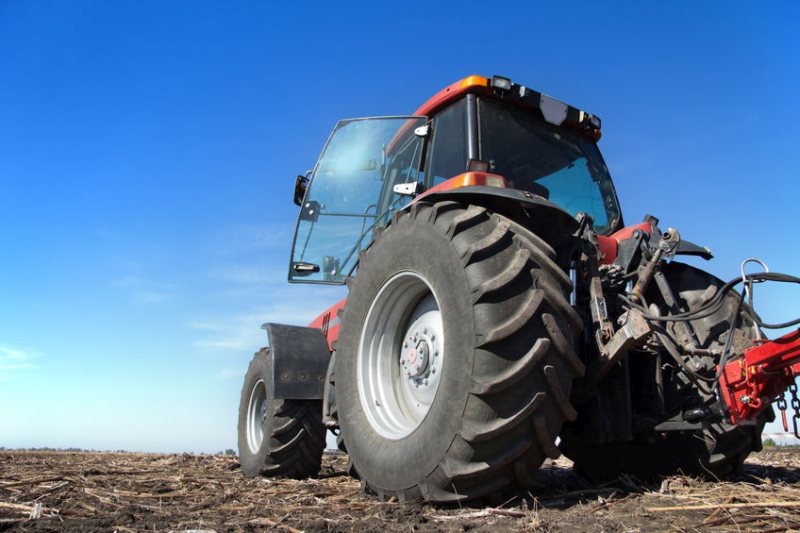
Growth in tractor registrations has largely been confined to high-powered machines, according to figures from the Agricultural Engineers Association (AEA).
Last week, the AEA reported on UK agricultural tractor registrations for September, which completed the figures for the third quarter of this year.
Registrations for the year to date were 4% higher than in the same period of 2022, with growth slowing to 2% in the latest three months.
Now the association has looked at trends by region and power band. Across the year to date, growth has largely been confined to high-powered machines.
Above 160hp, registrations were nearly 20% higher than in January to September 2022, representing more than 800 extra machines.
Between 51hp and 180hp, there were 9% fewer tractors recorded, a drop of over 400 machines.
"The pattern was somewhat different in the third quarter," the AEA said in its latest update on the tractor market, published on Friday (13 October)
"While there was still strong growth for the largest machines (over 280hp), there were small year-on-year declines for most power bands below that level but above 110hp.
"Instead, most of the growth was for tractors with engine power between 51hp and 110hp, which were up 12%, compared with July to September 2022, although they still accounted for fewer than one in six registrations of tractors over 50hp."
At regional level, registrations across the year to date were similar to or higher than in January to September 2022 in all parts of the country apart from North West England (-2%) and Northern Ireland (-6%).
Growth was strongest in the East Midlands, where 18% more tractors were registered this year. The South of England also recorded faster year-on-year growth than the UK as a whole.
However, as with power ranges, the pattern was different in the third quarter, the AEA explained.
It said: "Apart from the East Midlands, significant annual growth during July to September was limited to the North of England, Wales and Scotland. Wales saw a particularly strong increase of 19%.
"In contrast, the East of England region registered 15% fewer tractors in the third quarter than a year ago, with Yorkshire and the West Midlands also seeing year-on-year declines."
